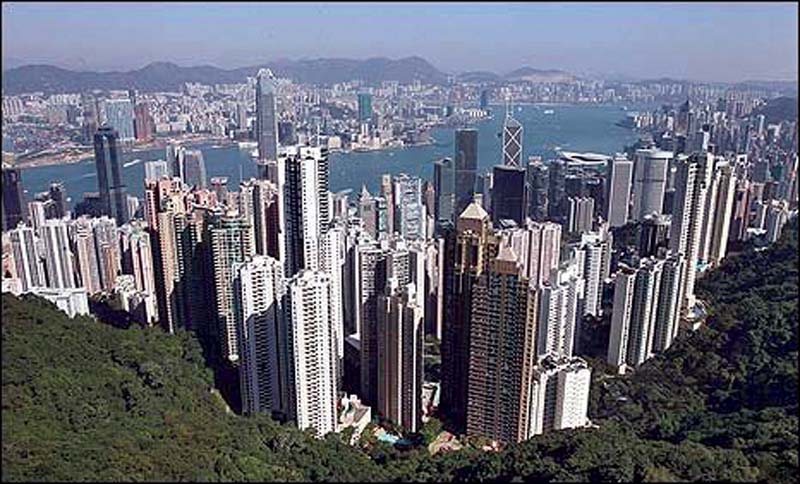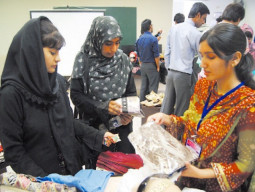
Though a host of headwinds including demography, global stagnation, Asian financial crisis, and rise of emerging economies have already disturbed the trajectory of growth in these nations since the beginning of the 21st century but the unfolding of popularised miracle still appears puzzling in many ways.
Is Pakistan really reaping the fruits of economic progress?
However, the debate has so far concentrated on industrial policy, education, macroeconomic stability, and international trade.
Every school of thought picked up one of the above or related factors and tried to generate economic models and empirical research to establish causalities and sometimes exaggerated effect of just one policy component.
There has been a lesser appreciation that development is a confluence of multiple factors and may not follow a sequential pattern established by simple economic models.
State’s capability
These nations developed strong state capacity to develop and implement policies. The quality of public service (especially bureaucracy) played a critical role either fostering state capitalism or ensuring property rights and contract enforcement for private sector growth.
Japan inherited a legacy of stronger bureaucracy from ancient times but Singapore, South Korea, and China built public sector from almost scratch.
Historical facts indicate that authoritative rulers in above nations set up the foundation of stronger bureaucracy and robust public sector. Lee Kuan Yew in the case of Singapore, Gen Park Chung-Hee in the case of South Korea and the communist party of China may be considered examples in this regard.
Trade wrongly blamed
Without state capability, neither planned nor organic development can occur. State capability may comprise of the quality of public sector institutions, human resources and openness to research and new ideas. East Asian nations particularly professionalised public sector and created in-house capability to think, plan and implement.
Market of businesses and professionals
The second most important achievement was to create a thick market of businesses and professionals. This strategy was achieved through massive public investments and facilitation to businesses and talent in several ways.
In these economies, investment to GDP remained in the range of 25-45% of GDP during last quarter of twentieth century. They targeted few firms/sectors and regions, developed them to reap benefits of spillover from these companies.
State-owned enterprises also played a pivotal role in this process in the form of making heavy investments in the sectors where private sector did not have the capability and in many cases, they provided finances to private sectors.
Few diverse examples are Chaebol in South Korea, Sony and Mitsubishi in Japan, Temasek in Singapore and SOEs Board in China. But it is critical to mention here that they could deliver because the state was capable enough to think through and make intelligent interventions.
Urbanisation and quality of cities
Thirdly, a most neglected factor in economic analysis is urbanisation and quality of cities in almost all these nations. It is often remarked that no nation has ever developed in the known history of mankind without urbanisation. First, there is a correlation between development and urbanisation—thought there is difference in direction/significance of causality.
These nations developed cities as engines of growth, innovation and culture. There are many common characteristics in Tokyo, Shenzhen, Hong Kong, Singapore, and Seoul. Some of those are population density, local decision making (in coordination with national/state governments) and entrepreneurial culture.
Government, businessmen on collision course
The capability of China, Korea, and Japan to develop new cities and regenerate existing ones is amazing. Their business friendliness and talent magnetism are the other core features. Cities present host of opportunities and challenges—and externalities.
The professional capability of a nation ensures enhancement of positive externalities and mitigation of risks associated with urban density.
Provision of public goods
Fourthly, these nations invested heavily in the provision of public goods and social insurance in the areas of education, health, access to water/sanitation, public (transit) transport, public safety, and public housing.
Almost in all these countries, public sector started investing in these sectors and later opened it up for private investment or partnerships. However, weak state capacity can neither invest efficiently itself, nor can operate and maintain such infrastructure and services under public-private partnership.
Moreover, it appears important to benchmark Pakistan’s situation with the successful policies initiatives of the East Asian miracle. An analysis will reveal that Pakistan is presently missing almost all ingredients of the East Asian miracle.
The writer is a public policy researcher and practitioner
Published in The Express Tribune, November 14th, 2016.
Like Business on Facebook, follow @TribuneBiz on Twitter to stay informed and join in the conversation.

















COMMENTS (6)
Comments are moderated and generally will be posted if they are on-topic and not abusive.
For more information, please see our Comments FAQ